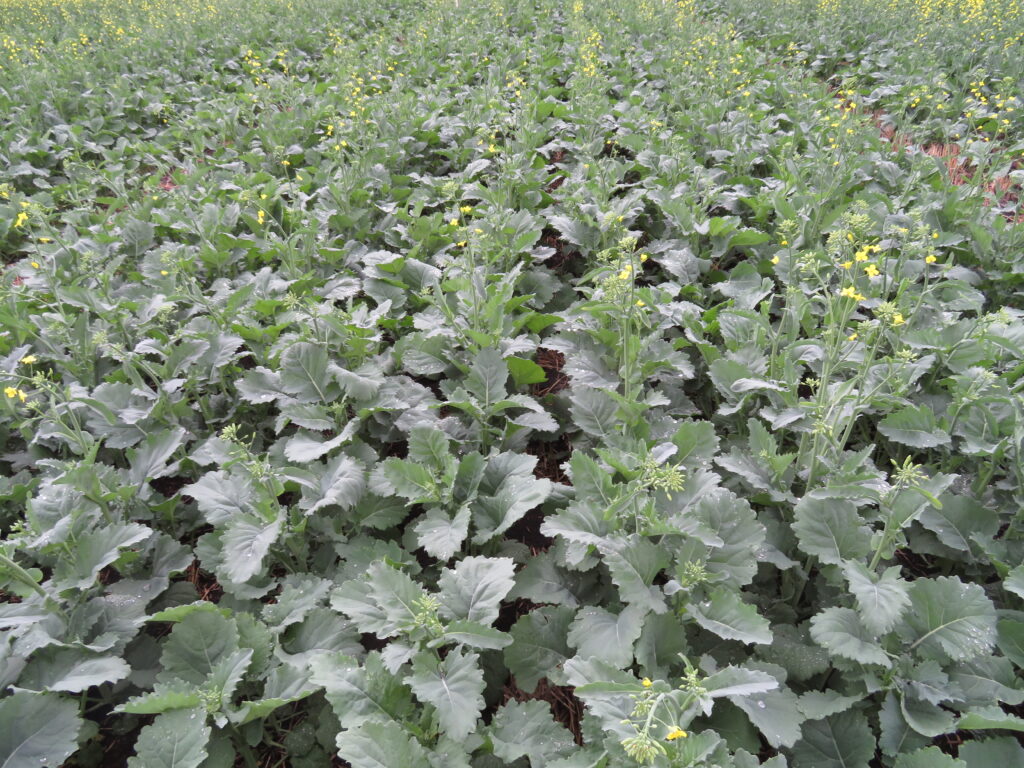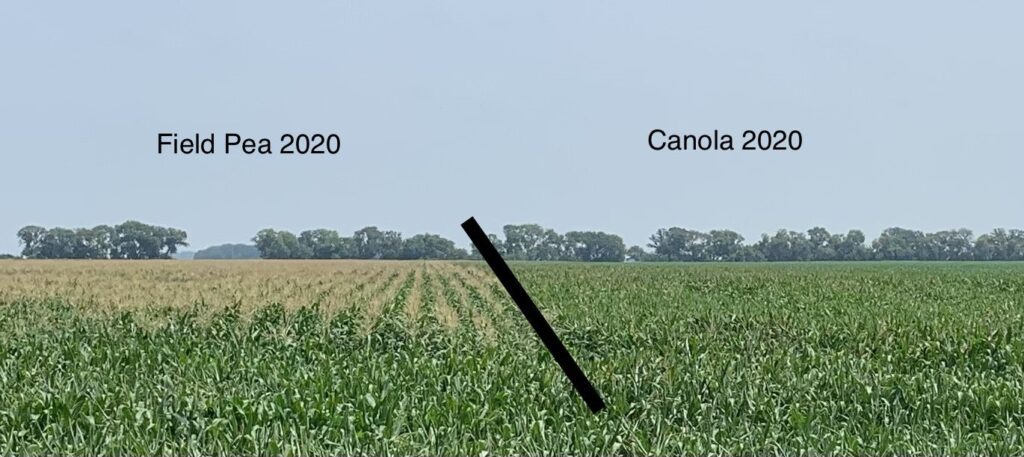Is your winter canola ready to be harvested?

Winter canola harvest will be happening soon in the southern counties of Ontario. Some producers and the researchers at AAFC Harrow have already applied a pre-harvest herbicide last week. Here are some resources on staging the crop for harvest. Resources from Canola Council of Canada and Kansas State U have been used to develop this […]













